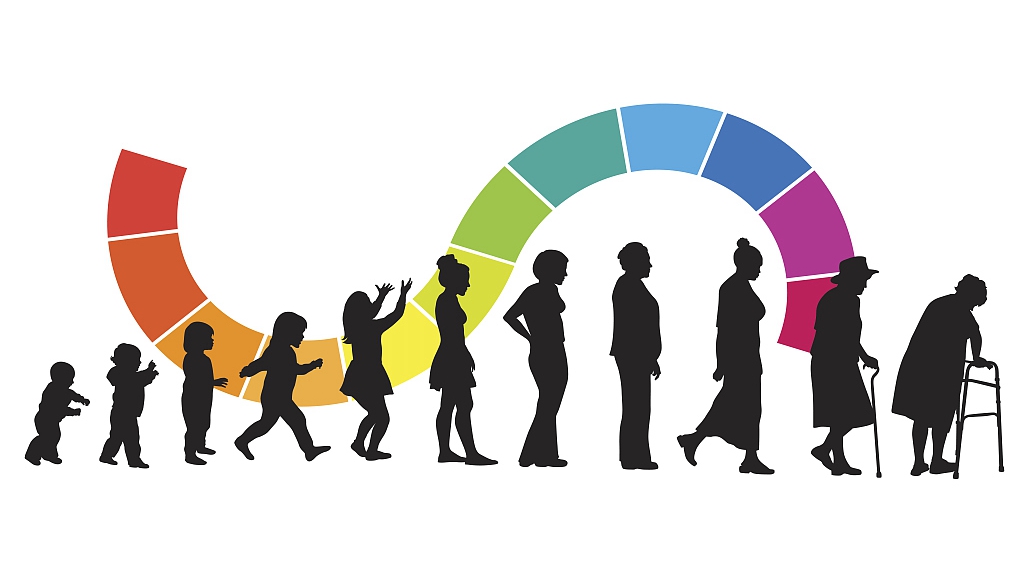The Alarming Decline of Life Expectancy in the US: A Wake-Up Call
05/14/2024
In a world where advances in medicine and technology promise ever-increasing lifespans, the latest data on life expectancy in the United States delivers a sobering shock. Imagine a newborn in 2021, expected to live just 76 years, a stark decline from the nearly 79 years predicted for those born just two years earlier. This dramatic fall, reminiscent of the worst declines seen in the 1920s, prompts urgent questions about the underlying causes and what can be done to reverse this troubling trend.

A Historical Perspective: From Progress to Regression
For most of the past century, the trajectory of American life expectancy has been one of steady ascent. In 1900, the average life expectancy was a mere 47 years, climbing to 68 by mid-century, and nearly reaching 79 by 2019. These figures reflect not only advancements in healthcare and living standards but also the resilience of a nation. Yet, the pandemic years of 2020 and 2021 marked a disturbing reversal. Life expectancy dropped to 77 years in 2020 and plummeted further to just over 76 in 2021, representing the largest two-year decline in a century.
Beyond Castor Oil
Castor oil is highly prized for its industrial applications, particularly in the production of lubricants. However, its source, the castor plant, is fraught with challenges. Not only is it banned in the U.S. due to the presence of ricin, a lethal toxin, but it also poses environmental and cultivation difficulties. The WSU team’s breakthrough presents a safer and more efficient alternative by potentially transferring the oil-producing capabilities to more manageable and safer crops.
The Major Culprits: COVID-19 and Drug Overdoses
The primary drivers of this decline are no mystery. COVID-19, the most severe pandemic in recent memory, has claimed over a million lives in the US alone, disproportionately affecting vulnerable populations. Simultaneously, the opioid epidemic has ravaged communities, with drug overdoses becoming a leading cause of death. Together, these factors account for about two-thirds of the recent drop in life expectancy
But the story doesn’t end there. Other significant contributors include heart and liver disease, accidental injuries, and suicides. Despite some improvements in reducing deaths from chronic lung disease, pneumonia, influenza, and Alzheimer’s, these gains were insufficient to offset the larger wave of mortality.
Disparities in Decline: A Closer Look at Affected Groups
The impact of this decline is not uniformly distributed. Certain groups have experienced far more severe drops in life expectancy than others, revealing deep-seated inequities in American society. The life expectancy for American Indian and Alaska Native populations fell by a staggering 6.6 years, bringing their average down to 65.2 years—comparable to the national average in 1944. Hispanic Americans saw a 4.2-year decline, Black Americans 4.0 years, white Americans 2.4 years, and Asian Americans 2.1 years.
These disparities are not merely statistical anomalies but reflections of broader social determinants of health. Populations with shorter life expectancies often face higher levels of poverty, food insecurity, and limited access to healthcare. They are more likely to work in high-risk jobs that cannot be done remotely, live in crowded conditions, and have less access to vaccinations—all factors that increase vulnerability to COVID-19 and other health threats.
The Geographic Dimension: State-by-State Variations
Life expectancy also varies widely across different states, suggesting that local policies and environmental factors play significant roles. Southern states, for instance, tend to have lower life expectancies, which may be influenced by factors such as political decisions regarding healthcare access, vaccination rates, and broader social determinants of health.
While life expectancy is a crucial measure, it is not the sole indicator of a population’s health. Other metrics, such as infant and maternal mortality rates, vaccination and cancer screening rates, and the number of healthy years lived, also provide important insights. Nevertheless, the recent decline in life expectancy is a glaring signal that something is amiss.
Reversing the Trend: A Call to Action
Reversing this downward trend is possible but requires concerted effort. Addressing the COVID-19 pandemic and opioid crisis head-on is essential. But beyond these immediate threats, broader systemic changes are needed. Public health initiatives must focus on reducing inequities and improving access to healthcare, particularly for marginalized communities. Expanding Medicaid and other health services in states with high uninsured rates could make a significant difference.
Individually, we can all strive to adopt healthier lifestyles, but real change will come from collective action and policy reforms. Our public health and political leaders must prioritize the health of all citizens, especially the most disadvantaged, to ensure that the US does not continue down this troubling path.
In the end, while we cannot predict our individual expiration dates, we should strive for a society where those dates are pushed further into the future, reflecting a healthier, more equitable world.
